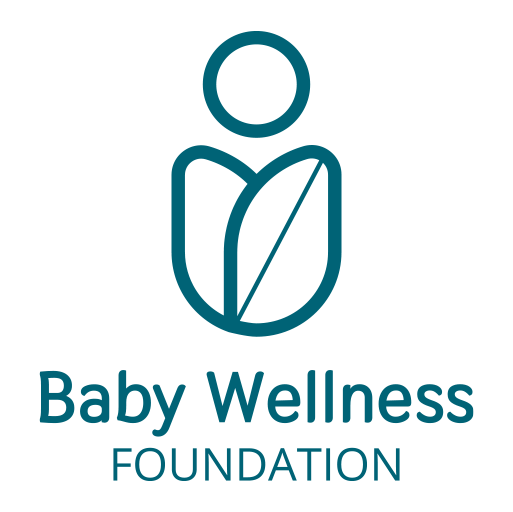Approfondimenti scientifici
From Uterine Warmth to the Outside World: Thermoregulatory Well-being
The fetal body temperature is a crucial physiological indicator for the proper development and well-being of the fetus during pregnancy. Fetal thermoregulation is a dynamic and complex process, strictly modulated by a series of interconnected factors, including intrauterine environmental conditions, placental blood flow, maternal metabolism, and the progressive maturation of the fetal thermoregulatory system. The delicate balance of these factors determines the fetus’s ability to maintain a stable body temperature suited to its growth, directly influencing the health and development of fetal organs and tissues.
In the intrauterine environment, the fetus’s body temperature is generally higher than the mother’s. Studies have shown that fetal temperature can range between 37.5°C and 38°C, while maternal temperature remains between 36.5°C and 37°C. The fetus’s main source of heat is maternal metabolism, as the fetus lacks a fully developed thermoregulatory system and therefore depends on the mother’s body heat. Placental blood flow and the mother’s activity level are also determining factors: physical activity or exposure to high environmental temperatures can increase blood flow and thus the amount of heat transferred to the fetus.
Since the fetal nervous system is not fully developed before the 20th week of gestation, the ability to thermally self-regulate is limited. From the 20th week onwards, the fetus begins to develop an increased capacity for thermoregulation, but full system maturation does not occur until the third trimester.
Thermoregulation is, therefore, a gradual process that depends on the maturation of the autonomic nervous system and the functionality of the fetal vascular and cardiovascular systems.
Temperature Changes After Birth
At birth, the situation changes significantly: the newborn is now exposed to an external environment, requiring them to adapt to independent thermoregulation. The newborn’s body temperature at birth is generally lower than that of the fetus, averaging around 36.5°C. Due to their relatively large surface area compared to body mass, newborns are especially vulnerable to heat loss—commonly known as neonatal hypothermia. Initially, neonatal thermoregulation is ineffective, but over time, thanks to the activation of brown fat thermogenesis and the development of the nervous system, the newborn gradually stabilizes their body temperature.
The newborn’s head is one of the most vulnerable areas for heat loss, representing a significant portion of total surface area relative to body size. The scalp’s skin, being thin and rich in blood vessels, promotes heat loss—especially in cold environments. In hypothermic conditions, the head becomes one of the main routes of thermal dispersion, increasing the risk of body temperature drop. This is why protecting the newborn’s head—e.g., with a cotton hat—is crucial to reduce the risk of hypothermia and support proper thermoregulation in the early days of life.
In addition, proper temperature management in newborns, especially during the first days of life, is essential to prevent metabolic dysfunction or complications such as severe hypothermia, which can impair neonatal well-being. Protection from the cold, through appropriate clothing and skin-to-skin contact with the mother, is essential to help the newborn maintain optimal body temperature.
The body temperature of both fetus and newborn is a key physiological parameter that depends on several factors, including the maturation of thermoregulatory systems and the intrauterine and external environments. Understanding thermoregulation mechanisms during pregnancy and the neonatal period is crucial to ensuring well-being and supporting optimal growth and development.
Temperature management during the perinatal period is critical to the infant’s health and well-being—especially in the early moments of life, as the newborn adapts to the outside world.
De Santis, G., & Gallo, V. (2020). Termoregolazione nei neonati prematuri: un’analisi delle difficoltà cliniche e terapeutiche. Journal of Neonatal Medicine.
Dobson, L., et al. (2021). The Role of Environmental Factors in Neonatal Thermoregulation: A Study of Premature Infants. International Journal of Pediatrics.
Fuchs, J., et al. (2021). Thermoregulation in Neonates: A Focus on Pathophysiology and Management Strategies. Journal of Neonatal Nursing.
Harris, M., et al. (2022). Impact of Temperature Control on Neonatal Outcomes: A Comprehensive Review. Neonatal Intensive Care Journal.
Kiran, S., et al. (2020). Monitoring Neonatal Thermoregulation: Non-invasive Approaches in Clinical Settings. Pediatric Research.
Manco, V. (2021). La termoregolazione del neonato: Meccanismi fisiologici e implicazioni cliniche. Pediatria Oggi.
Martinez, P., et al. (2020). Temperature Regulation in the Neonatal Period: Mechanisms and Clinical Implications. Journal of Pediatric and Neonatal Nursing.
Rossi, F. (2021). Gestione della temperatura corporea nel neonato a rischio: Approccio multidisciplinare. Acta Pediatrica Italiana.
